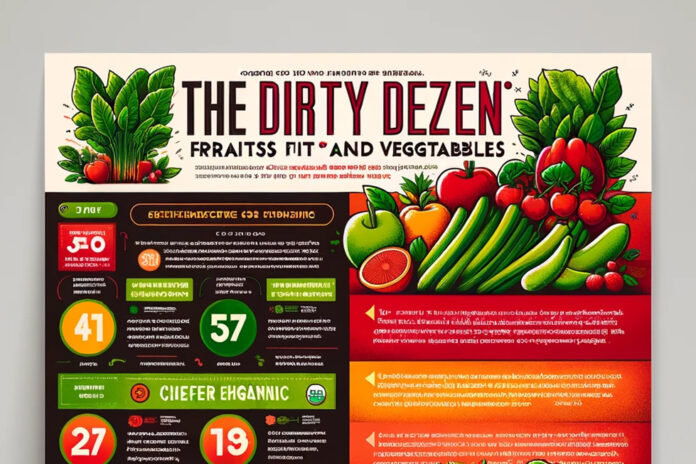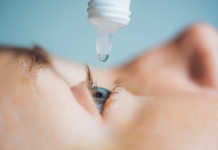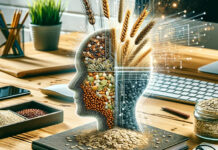
For those of us keen on our health and what comes into our bodies, the Environmental Working Group (EWG) has given us important info to help us pick the safest foods possible. They’ve looked at 46 types of produce, this list points out the twelve fruits and veggies with the most pesticides. We all appreciate this big heads-up.
The Dirty Dozen includes:
Strawberries
Spinach
Kale, Collard & Mustard Greens
Grapes
Peaches
Pears
Nectarines
Apples
Bell & Hot Peppers
Cherries
Blueberries
Green Beans
This shows how common pesticides are in farming and how they can get into our mouths.
It’s Not All Bad News
But there’s good news too. The EWG reminds us that eating lots of fruits and veggies is still healthier than worrying about pesticides. sure but we want to have the choice and freedom for our health through our foods. Although sometimes financial reality prevails, at least choosing organic for the Dirty Dozen to cut down on these chemicals is still the best option.
Don’t Forget The Clean Fifteen
And there’s more good news. The EWG also has a list called the Clean Fifteen, which includes fruits and veggies with the least pesticide exposure, but still has some. So we should call them Cleaner ones
Avocados
Sweet Corn
Pineapple
Onions
Papaya
Sweet Peas (Frozen)
Asparagus
Honeydew Melon
Kiwi
Cabbage
Watermelon
Mushrooms
Mangoes
Sweet Potatoes
Carrots
Sweet Corn
Pineapple
Onions
Papaya
Sweet Peas (Frozen)
Asparagus
Honeydew Melon
Kiwi
Cabbage
Watermelon
Mushrooms
Mangoes
Sweet Potatoes
Carrots
Key Takeaways
The Dirty Dozen and the Cleaner Fifteen lists are super useful for making smart choices at the grocery store. This reminds us that while not everything is perfect with our food system, we have the power to choose foods that are good for our health and the planet. By choosing organic for the Dirty Dozen and embracing the Cleaner Fifteen, we reduce our pesticide intake and still enjoy the benefits of fresh produce.













